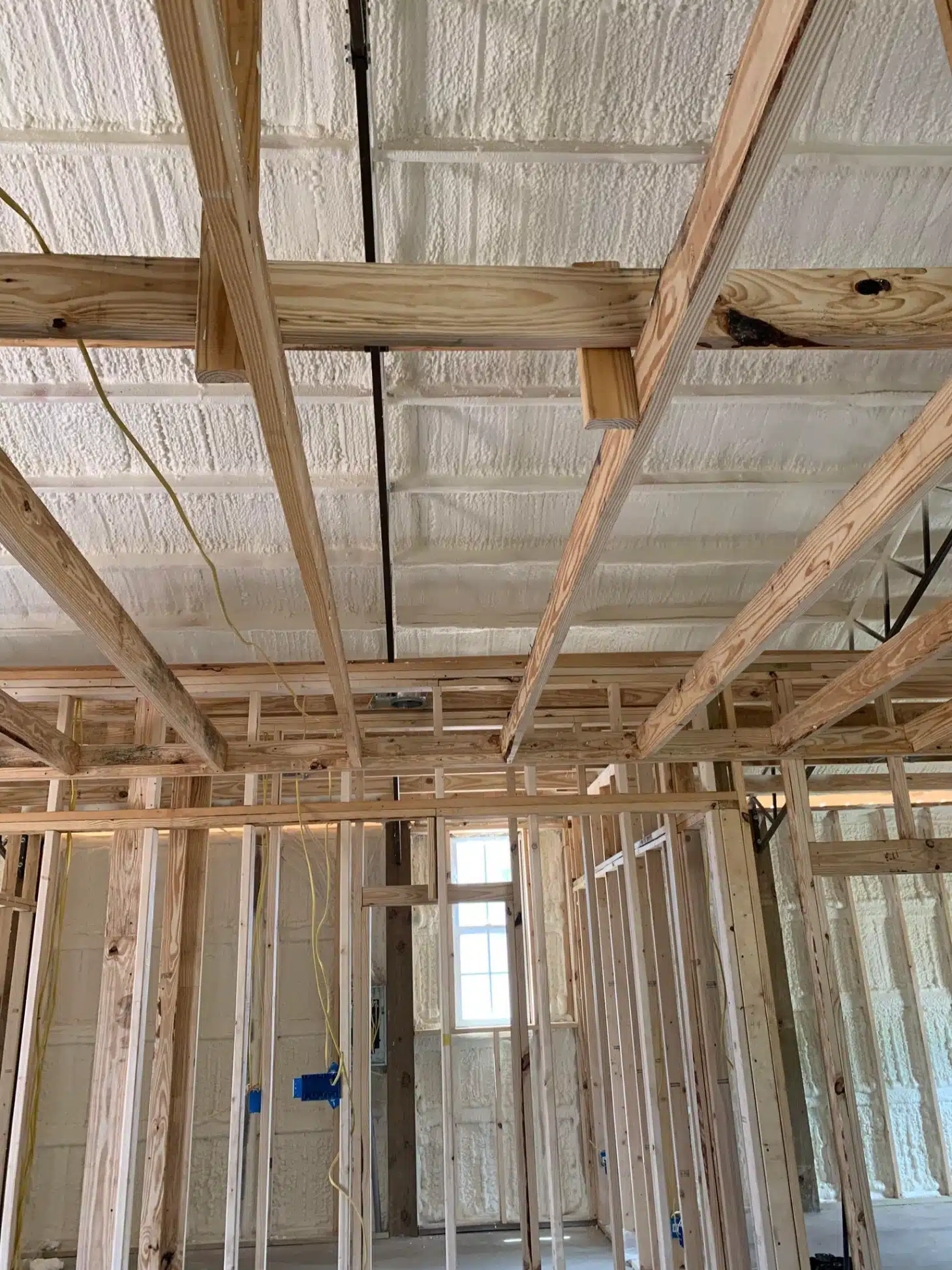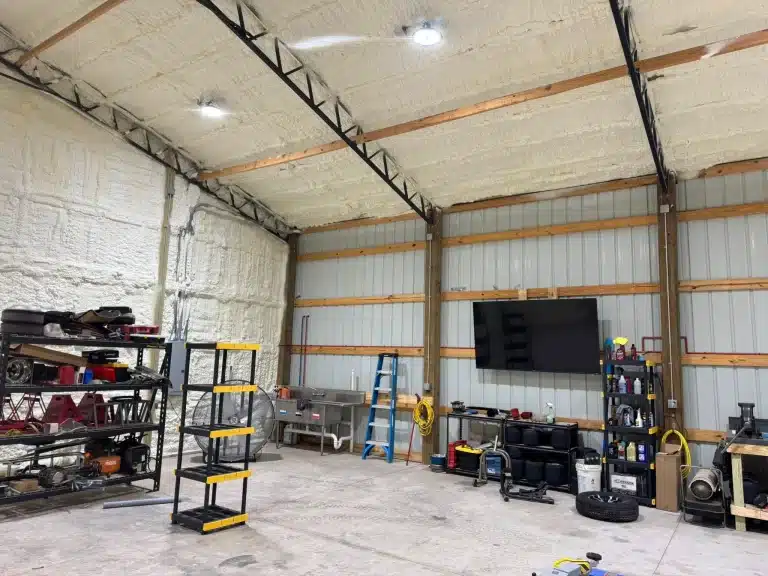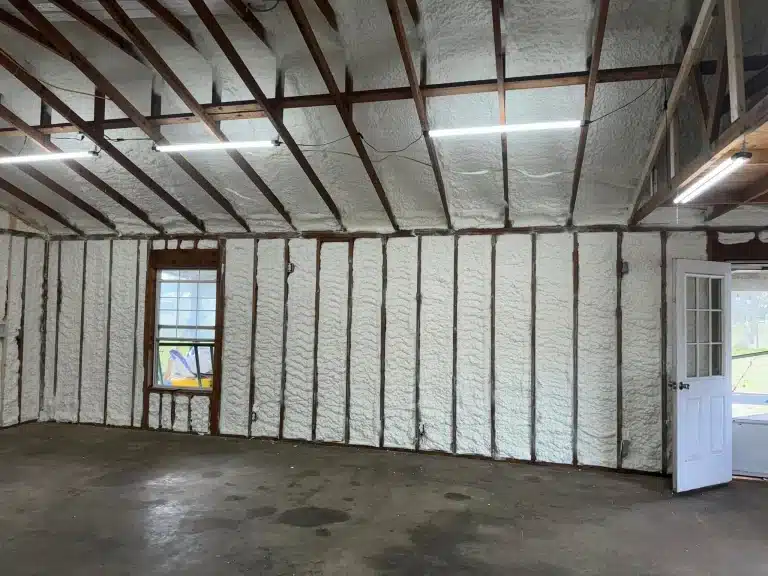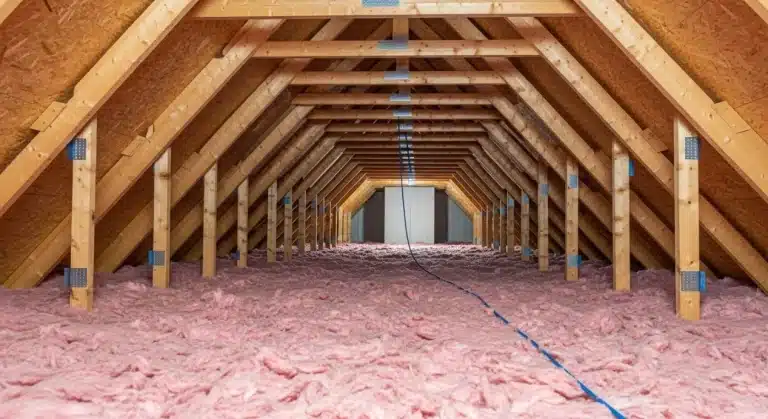Proper insulation offers one of the most direct and effective ways to reduce a building’s environmental footprint. Its primary benefit is a significant reduction in energy consumption. By creating a thermal barrier, insulation minimizes heat transfer, meaning your heating and cooling systems don’t have to work as hard or as often to maintain a comfortable indoor temperature. This decreased workload translates directly into lower energy use, which in turn reduces the demand on power plants. Since a large portion of electricity is generated by burning fossil fuels, less energy consumption means fewer greenhouse gas emissions, like carbon dioxide, are released into the atmosphere.
The positive effects don’t stop there. Beyond cutting emissions, better insulation helps conserve natural resources, reduces strain on the electrical grid during peak demand, and can even contribute to a healthier indoor environment. This article will provide a detailed look at these benefits, drawing on years of hands-on experience in assessing and upgrading building envelopes. The information here is intended to show how a seemingly simple home improvement has a powerful, positive impact on the world around us.
Lower Energy Use Means Fewer Emissions
The connection between insulation and emissions is straightforward. Heating and cooling account for a substantial portion of the energy used in American homes. Data from the U.S. Energy Information Administration shows that space heating and air conditioning together represent the largest share of residential energy consumption. When a home is poorly insulated, conditioned air is constantly lost to the outside, forcing HVAC systems into a cycle of near-continuous operation.
Effective insulation breaks this cycle. It works by trapping tiny pockets of air, which slows the movement of heat. In the winter, it keeps the warm air in, and in the summer, it keeps the hot air out. According to the U.S. Department of Energy, adding insulation and sealing air leaks can save homeowners an average of 15% on heating and cooling costs. This reduction in energy use at the household level, when multiplied across millions of homes, leads to a massive decrease in the carbon output from power generation facilities.
Bonus Tip: Air sealing is insulation’s essential partner. Gaps and cracks in a building’s envelope can undermine the effectiveness of even the best insulation. Addressing these air leaks with caulk, weatherstripping, and spray foam before or during an insulation project ensures you get the maximum environmental and financial benefit.
Easing the Burden on the Electrical Grid
Another important environmental benefit is the reduction of strain on public utilities. Energy demand isn’t constant; it spikes during the hottest parts of summer days and the coldest parts of winter nights. These periods of “peak load” put immense pressure on the electrical grid. To meet this high demand, utility companies often have to fire up older, less efficient, and more polluting “peaker” power plants.
Widespread adoption of high-quality insulation helps flatten these demand curves. A well-insulated community draws less collective power during extreme weather events. This increased energy efficiency can reduce the frequency of brownouts and blackouts and may even delay or eliminate the need to build new power plants, preserving natural landscapes and saving taxpayer money. A report published by the American Council for an Energy-Efficient Economy (ACEEE) highlights how energy efficiency measures, including insulation, contribute to a more resilient and reliable energy infrastructure.
Conservation Through Smarter Materials
The environmental benefits of insulation also extend to the materials themselves. Many modern insulation products are manufactured with a high percentage of recycled content, turning post-consumer waste into a valuable, energy-saving product. This practice reduces the amount of trash sent to landfills and lowers the demand for virgin raw materials.
Different insulation types utilize different recycled sources, offering a range of sustainable choices. The right material depends on the application, climate, and specific goals for the project.
Common Insulation Materials and Their Recycled Content
| Insulation Material | Typical Recycled Content | Primary Raw Material | Key Environmental Factors |
|---|---|---|---|
| Fiberglass | 20-30% | Sand and Recycled Glass | Long lifespan; manufacturing is energy-intensive. |
| Cellulose | 80-85% | Recycled Paper/Cardboard | Low embodied energy; diverts paper from landfills. |
| Mineral Wool | Up to 75% | Basalt Rock and Industrial Slag | Highly durable and fire-resistant. |
| Spray Foam | Varies by Product | Petroleum-based Polyols | Offers air sealing; some formulas use recycled plastics. |
Bonus Tip: When selecting an insulation product, look for third-party certifications like GreenGuard, which indicate that the material meets strict standards for low chemical emissions and contributes to healthier indoor air quality.
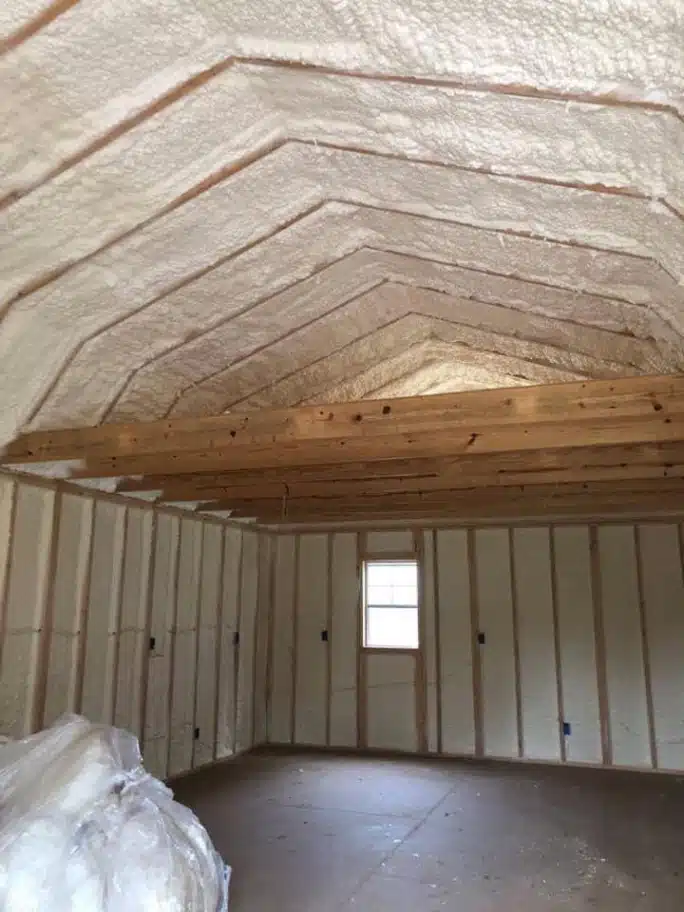
Things to Consider Before Upgrading Insulation
Making an informed decision about insulation requires looking at a few key factors to ensure the upgrade delivers the best possible environmental and economic returns.
- Your Climate Zone: The U.S. is divided into different climate zones, each with a recommended “R-value,” which measures insulation’s resistance to heat flow. A home in Florida has different needs than one in Minnesota.
- Condition of Existing Insulation: Before adding new material, it’s important to inspect what’s already there. Is it compressed, damp, or contaminated? In some cases, old insulation should be removed before new material is installed.
- Building Structure: The age and type of construction can influence the best insulation strategy. Older homes, for instance, may have uninsulated wall cavities that could benefit from dense-pack cellulose, while newer homes might be better suited for a continuous exterior insulation approach.
- Long-Term Goals: Are you aiming for basic comfort, significant energy savings, or a net-zero energy home? Your goals will determine the scope of the project, from a simple attic top-up to a complete building envelope retrofit.
Making an Informed Choice
Upgrading a building’s insulation is a practical action with far-reaching positive effects. It directly reduces greenhouse gas emissions, conserves finite natural resources, and makes our energy grid more stable. By evaluating your property’s specific conditions and long-term goals, you can select an insulation strategy that maximizes these environmental benefits while improving indoor comfort and lowering utility bills.
Get a Professional Assessment
Understanding the unique needs of your property is the first step toward making effective, environmentally sound improvements. For a detailed evaluation and clear guidance on the best insulation options for your home or business, contact Prestige Insulation Solutions LLC. You can reach the team by phone at (850) 429-4969 or via email at [email protected] to discuss your project. A proper assessment ensures your investment yields the greatest possible return for both your budget and the environment.
Sources
- U.S. Energy Information Administration – Provides official data on energy consumption in U.S. homes, breaking it down by end use.
- U.S. Department of Energy – Offers consumer resources and statistics on the financial savings achievable through insulation and air sealing.
- American Council for an Energy-Efficient Economy (ACEEE) – Publishes research and reports on the broader economic and security benefits of energy efficiency, including grid stability.
Frequently Asked Questions About Insulation’s Green Impact
How does insulation help protect the environment during summer?
Just as it keeps heat inside during the winter, insulation is highly effective at keeping heat out during the summer. This reduces the need for air conditioning, which is one of the biggest drivers of peak electricity demand on hot days. By blocking solar heat gain through the roof and walls, insulation helps lower cooling costs and the associated carbon emissions.
Are some insulation materials more eco-friendly than others?
Yes, the environmental impact of insulation materials varies. Factors to consider include recycled content, the energy required for manufacturing (embodied energy), the global warming potential of any blowing agents used (for spray foams), and the material’s durability. Cellulose, made from recycled paper, generally has very low embodied energy. Mineral wool and fiberglass have higher recycled content and are naturally non-combustible.
What is an energy audit?
An energy audit is a comprehensive assessment of a building’s energy use. A professional auditor uses tools like a blower door test and an infrared camera to identify air leaks and areas with insufficient insulation. This data provides a clear roadmap for making targeted improvements that will have the biggest environmental and financial impact.
How long does modern insulation last?
Most modern insulation materials, like fiberglass, cellulose, and mineral wool, are designed to last for the life of the building. Unlike mechanical systems, insulation is a passive feature that doesn’t wear out or require maintenance as long as it’s installed correctly and kept dry. This longevity means it’s a one-time improvement that provides environmental benefits for decades, without generating replacement waste.


